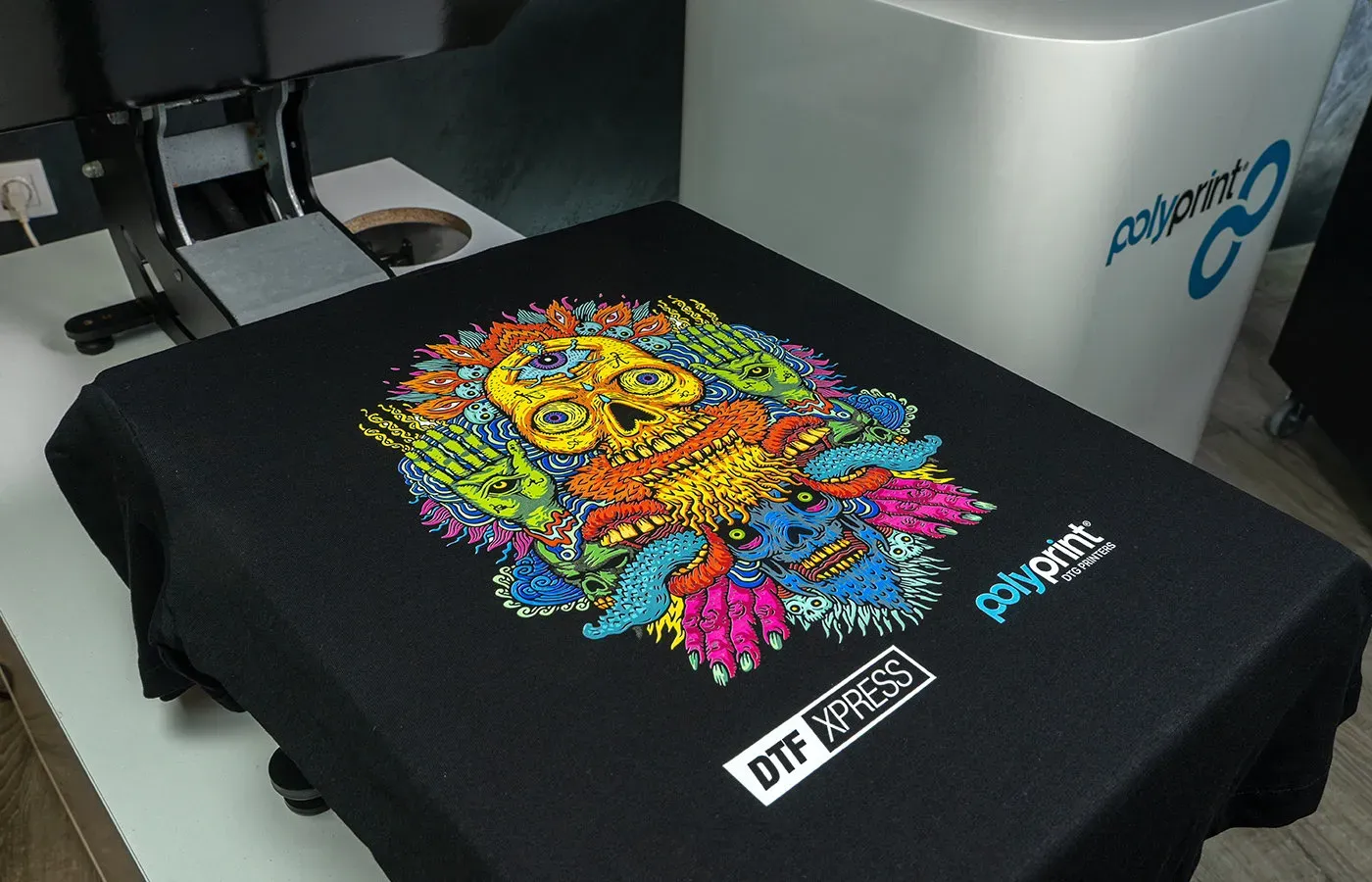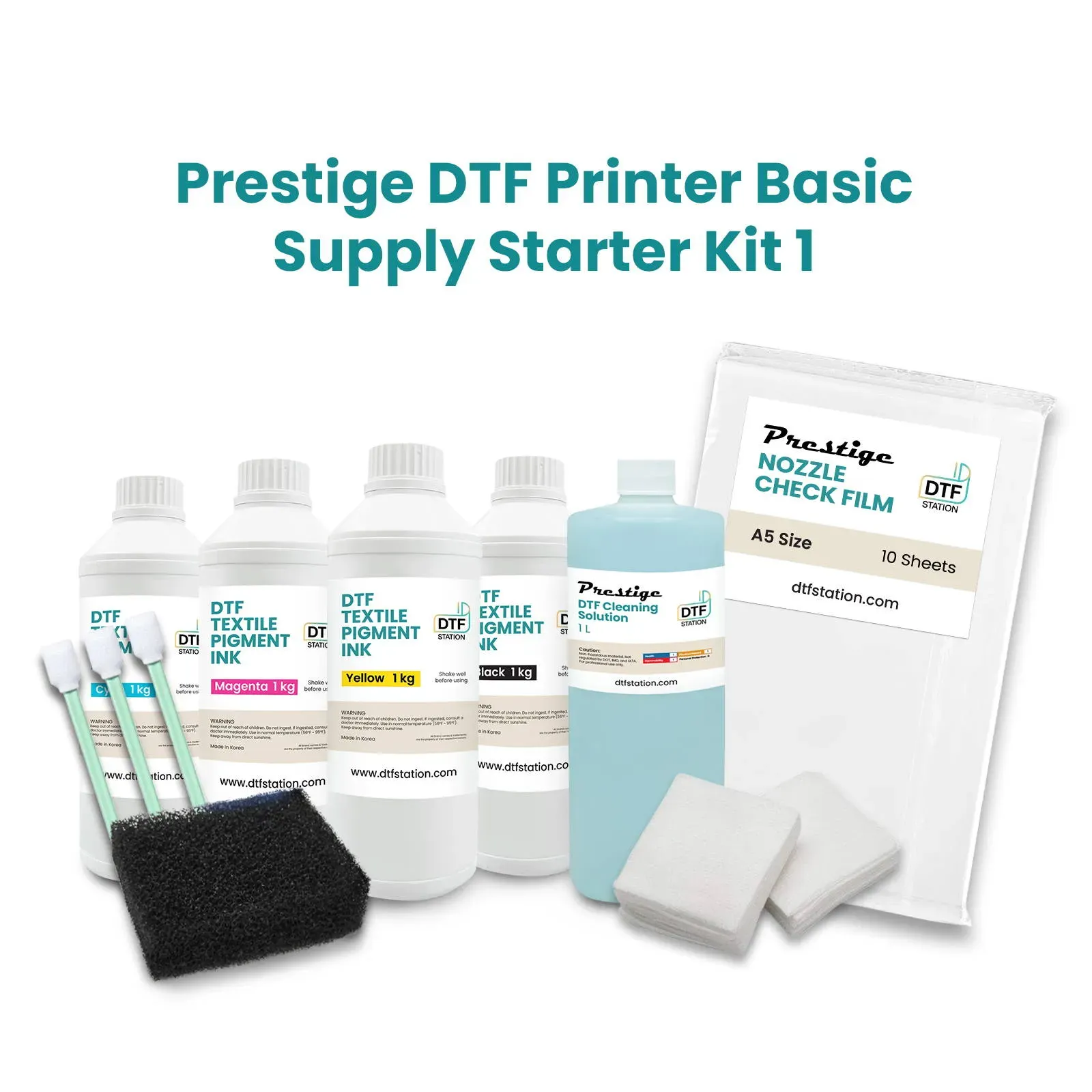DTF Gangsheet Builder: Innovative Techniques for Better Prints
Introducing the DTF Gangsheet Builder, a revolutionary tool that takes custom apparel printing to the next level. This innovative technology leverages Direct to Film (DTF) printing techniques, allowing users to create vibrant and intricate designs with ease. By utilizing the gang sheet printing method, the DTF Gangsheet Builder maximizes material usage and minimizes waste, making it an ideal solution for businesses striving for print optimization. Whether you’re a small startup or an established company, this cutting-edge builder supports efficient workflows while ensuring stunning visual results. In this post, we’ll explore how the DTF Gangsheet Builder can elevate your printing projects and open new doors for creative expression in the custom apparel landscape.
The concept of the DTF Gangsheet Builder is reshaping the world of fabric printing through its state-of-the-art capabilities. By employing Direct to Film methodologies, this tool not only simplifies the design process but also enhances the overall quality of custom apparel graphics. Gang sheet printing, referring to the technique of combining multiple designs on a single sheet, allows for greater efficiency and cost-effective production runs. With the focus on print optimization, users can seamlessly manage their projects to achieve vibrant color accuracy and minimized material waste. Join us as we delve deeper into the functionalities of this remarkable builder and discover the potential it holds for transforming your printing endeavors.
Exploring the Basics of DTF Printing Technology
DTF (Direct to Film) printing technology has revolutionized the custom apparel sector by enabling users to efficiently print high-quality images on various fabrics. Unlike traditional screen printing methods that require extensive setup and materials, DTF printing allows for quick turnaround times and vibrant, full-color designs. This flexibility makes it ideal for businesses looking to cater to diverse customer preferences without incurring high overhead costs.
In the realm of DTF printing, the Gangsheet Builder stands out by allowing printers to combine multiple designs on a single film sheet. This technique not only optimizes the usage of material but also reduces waste, making the process both eco-friendly and cost-effective. Understanding the fundamentals of DTF technology is crucial for anyone looking to enter this booming market.
The Benefits of Using the DTF Gangsheet Builder
One of the most significant advantages of using the DTF Gangsheet Builder is its efficiency in material utilization. By consolidating various designs onto gang sheets, printers minimize wastage and save money on supplies. This feature is particularly beneficial for small businesses or those experimenting with custom designs, as it allows for an extensive range of offerings without the need for significant financial investment.
Moreover, the DTF Gangsheet Builder enhances the overall workflow, allowing for faster and more streamlined printing processes. Users can quickly set up their prints, making adjustments as necessary while ensuring that the output remains consistent and of high quality. This adaptability is crucial in today’s fast-paced printing industry, where demand for quick turnaround times is ever-increasing.
Innovative Color Management Strategies in DTF Printing
Color accuracy plays an essential role in DTF printing. Recent advancements in software have introduced sophisticated color management features, enabling users to simulate prints digitally before proceeding with physical production. These innovations allow for timely corrections, ensuring that the finished apparel meets or exceeds customer expectations for color fidelity.
The application of advanced color profiles and calibration techniques helps printers achieve more consistent results across different batches. By employing these color management strategies, businesses can maintain high standards for their products while simultaneously reducing the risk of costly reprints. This proactive approach ultimately contributes to better customer satisfaction and increased loyalty.
Efficiency Techniques for Maximizing DTF Printing
To maximize efficiency in DTF printing, adopting best practices such as layout optimization is crucial. By utilizing advanced gang sheet layouts, users can better arrange their designs, thus maximizing the print area on a single sheet. This not only leads to cost savings but also enhances turnaround times, allowing businesses to fulfill orders promptly.
In addition to layout strategies, incorporating predictive analytics tools can significantly enhance the print optimization process. By analyzing historical data of past prints, printers can make informed decisions about design placements, ensuring maximum use of materials while minimizing waste. Embracing these techniques is essential for any business looking to succeed in the competitive custom printing landscape.
Mastering Layering and Gradient Techniques
Layering and gradient techniques are increasingly popular in the DTF printing industry, particularly for creating dynamic and visually appealing designs. By combining various elements, printers can offer unique products that stand out in the crowded apparel market. Layering allows for the introduction of depth and complexity, while gradient techniques provide a modern aesthetic that can attract a broader audience.
Furthermore, many printers enhance their skills by attending workshops that focus on these innovative techniques. These educational opportunities empower creators to tap into the full potential of their DTF Gangsheet Builder capabilities, leading to more successful custom prints and an expanded customer base.
Leveraging Online Resources for DTF Mastery
As the DTF printing industry continues to evolve, staying informed about the latest techniques and technologies is key to maintaining a competitive edge. Engaging in online courses, webinars, and community forums dedicated to DTF printing can significantly enhance your skills. Resources like Print Safari provide valuable educational content that covers both technical and creative aspects of using DTF Gangsheet Builders effectively.
Additionally, joining dedicated forums fosters a spirit of community among DTF printing practitioners. By sharing experiences and learning from the challenges faced by others, printers can gain insights that help them avoid common pitfalls and optimize their printing workflows. This collaborative approach is essential for anyone serious about exploring the full potential of custom apparel printing.
Frequently Asked Questions
What is a DTF Gangsheet Builder and how does it work?
A DTF Gangsheet Builder is a tool used in Direct to Film (DTF) printing that allows users to arrange multiple designs on a single sheet. This optimization helps maximize print area while minimizing material waste and costs, making it ideal for custom apparel printing.
How can the DTF Gangsheet Builder improve print optimization in my designs?
The DTF Gangsheet Builder enhances print optimization by using layout tools that automatically arrange designs for maximum efficiency. This ensures minimal waste and faster turnaround times, leading to cost-effective production for custom apparel.
What are some innovative techniques to utilize with DTF Gangsheet Builders?
Innovative techniques for using DTF Gangsheet Builders include small-batch production for custom prints, layering designs for unique effects, and utilizing gradients to create appealing visuals in themed apparel. These methods can elevate your custom apparel printing.
How does DTF printing differ from traditional printing methods?
DTF printing, facilitated by tools like the DTF Gangsheet Builder, transfers vibrant images directly to fabric without screens, making it more versatile than traditional methods. It allows for greater customization and is more suitable for complex designs, especially in custom apparel.
What role does color management play in DTF Gangsheet Builders?
Color management in DTF Gangsheet Builders is crucial as it ensures color accuracy in prints. Enhanced color management features allow users to pre-test colors digitally, enabling necessary adjustments before physical printing, thus saving time and resources.
Where can I find resources to learn more about DTF printing techniques?
Many educational resources such as online courses and webinars on DTF printing techniques are available. Websites like Print Safari offer in-depth training, while forums and communities dedicated to DTF printing provide valuable insights and tips from fellow users.
| Key Points | Description |
|---|---|
| Introduction to DTF Technologies | DTF printing allows vibrant image transfer directly onto fabric without screens, ideal for a variety of textiles. |
| Optimization Features | Layout optimization tools maximize print area, minimize waste, and enhance turnaround times. |
| Enhanced Color Management | Recent software updates improve color accuracy before printing, saving time and resources. |
| Small-Batch Production | Allows efficient production of custom prints for niche markets with low quantities. |
| Layering and Gradient Techniques | Effective techniques for themed apparel, enhancing creativity and appeal. |
| Educational Resources | Online courses, webinars, and community forums provide continuing education and skill development. |
Summary
DTF Gangsheet Builder stands at the forefront of modern printing technology, revolutionizing how custom apparel is created. By utilizing innovative techniques such as optimization features and enhanced color management, users can produce high-quality prints efficiently. Moreover, the DTF Gangsheet Builder facilitates small-batch production and creative layering methods that allow businesses to cater to specific markets and personalize products without significant overhead costs. Engaging in educational resources and community discussions further enhances the skill set needed to excel in this dynamic field. As the world of DTF printing evolves, adopting these advanced techniques will be crucial for achieving distinct creative visions and maintaining a competitive edge.






